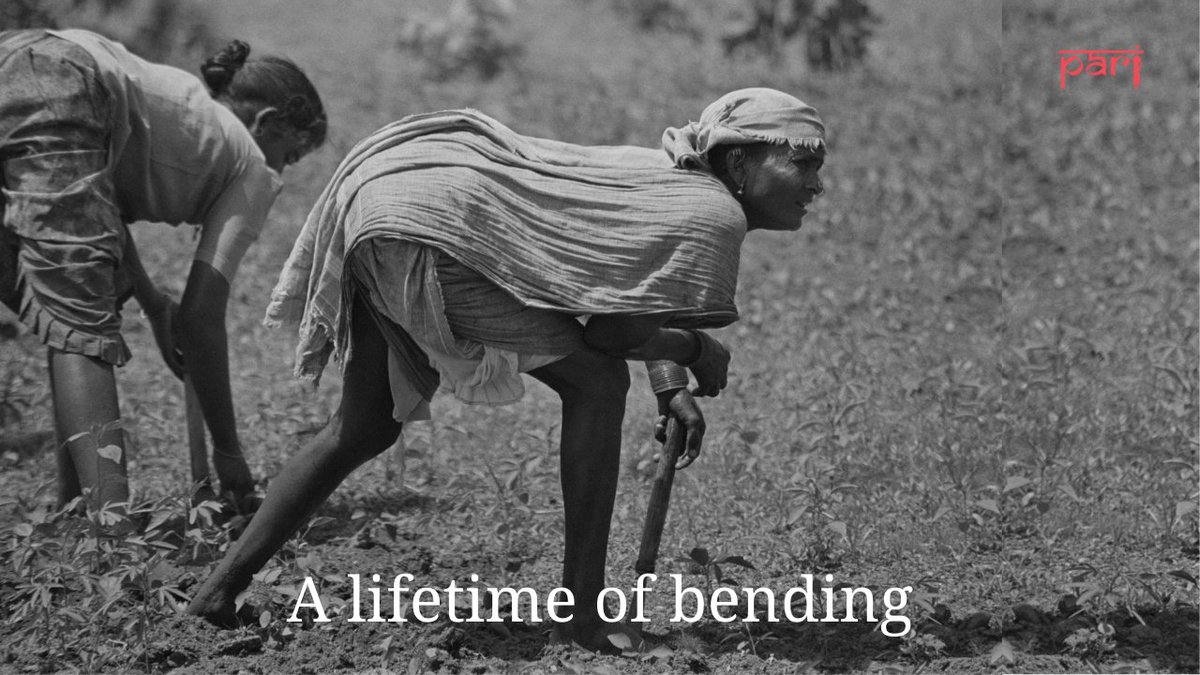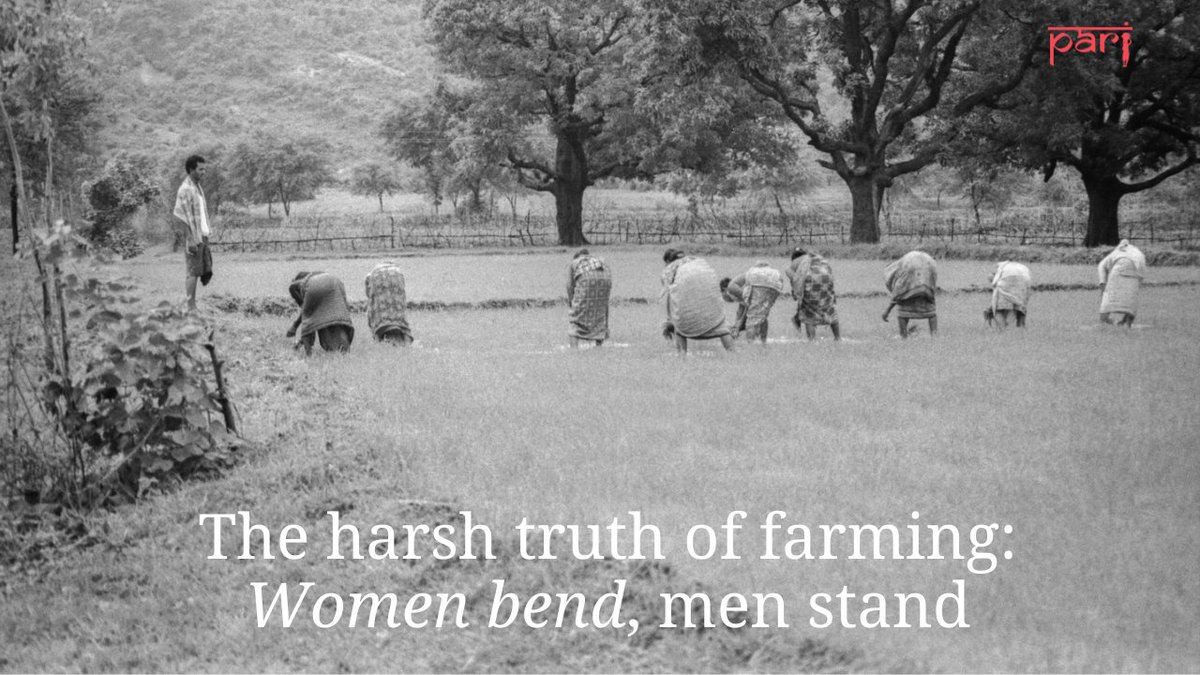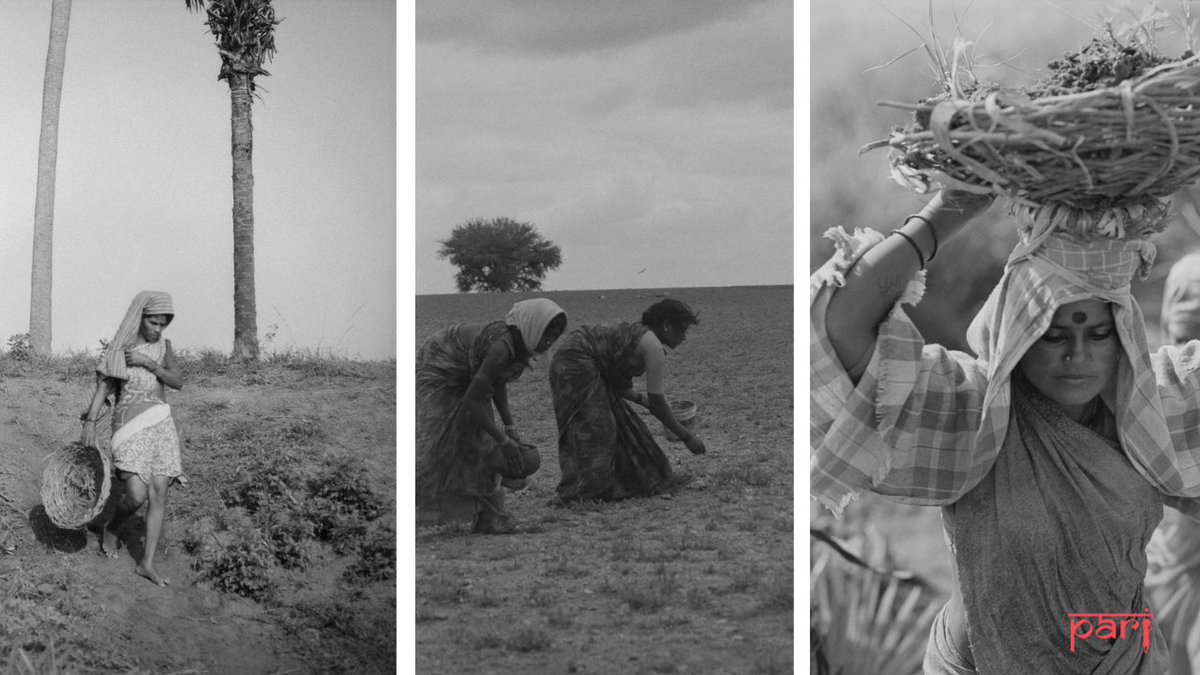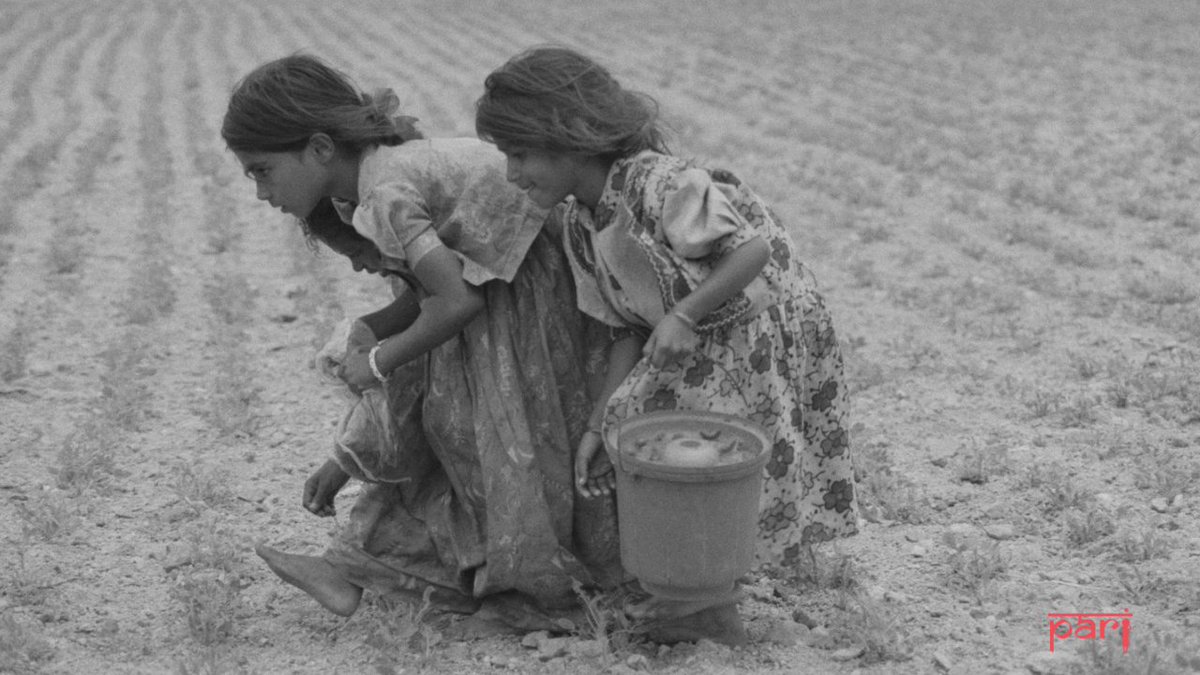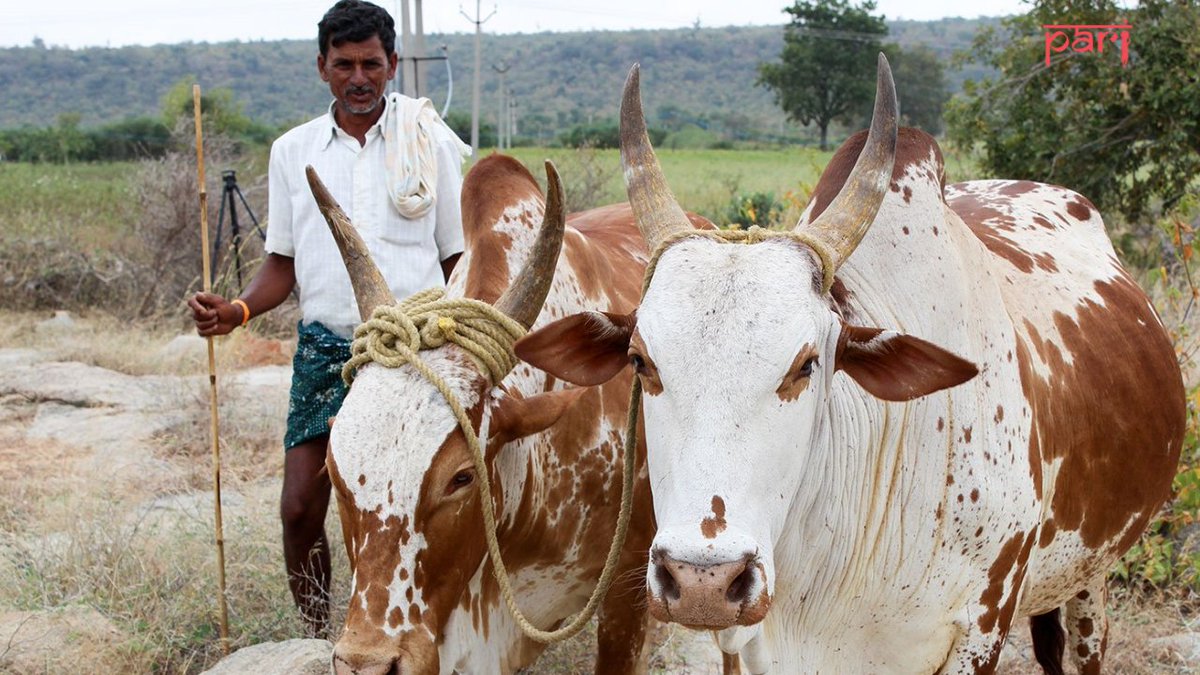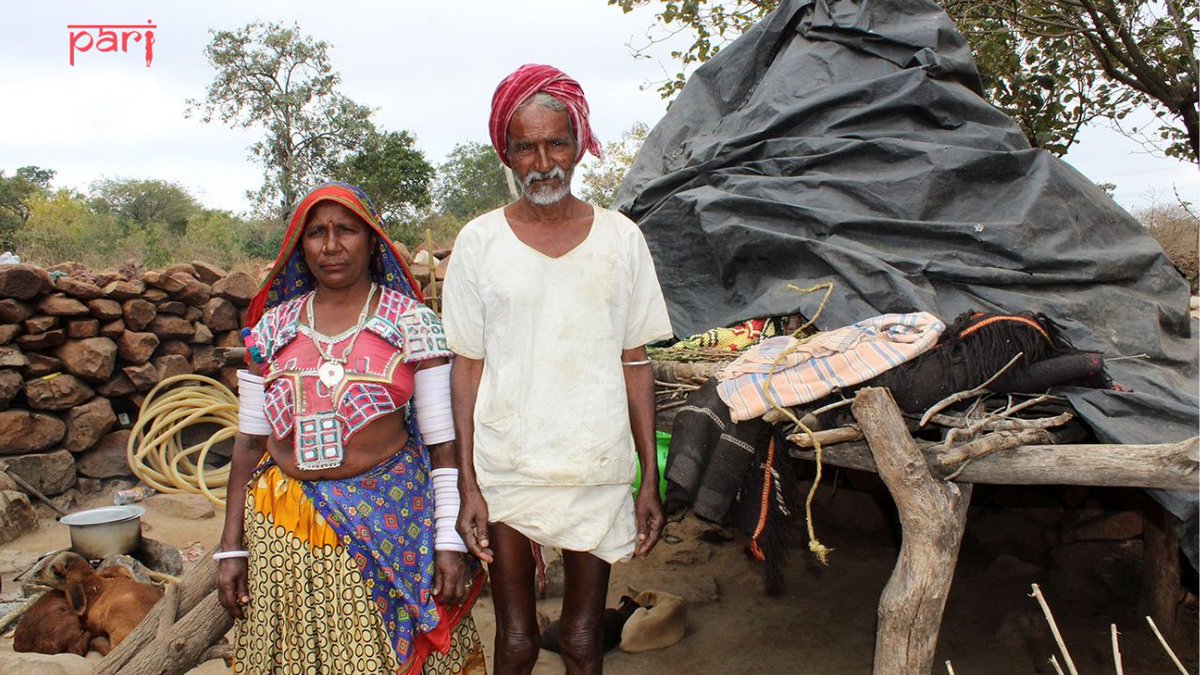
1914 | A small British port
1964 | A post-cyclone ghost town
Today, after being abandoned for all these years, the 400-odd fishing families are seen as obstacles to tourism. The what, when, and how of it. 🧵
📷Deepti Asthana | ruralindiaonline.org/en/articles/br…
1964 | A post-cyclone ghost town
Today, after being abandoned for all these years, the 400-odd fishing families are seen as obstacles to tourism. The what, when, and how of it. 🧵
📷Deepti Asthana | ruralindiaonline.org/en/articles/br…

2 | After the cyclone, Dhanushkodi was left in a state of total neglect. However, 400-odd fish worker families still see this barren land as their only home. Some of them are cyclone survivors who've been living here for over 50 years without electricity, toilets or potable water 

3 | Dhanushkodi is around 20 kms from Rameswaram. Tourists and pilgrims come here in vans that ply on the marshy terrain along the beach. The government is planning new and better roads to improve connectivity and draw in more visitors. 

4 | The entire train that was submerged during the 1964 cyclone; the ruins of the railway tracks still lie rusting by the road and are a tourist attraction now. 

5 | The women dig shallow wells, 3-4 feet deep (any deeper and saline water seeps in) with their bare hands, in search of water for drinking and for use at home. The toilets and bathrooms here are makeshift structures of thatched walls. 

6 | Without any proper sanitation facilities, women of the village are sometimes forced to bathe in the open, by the road. 'We have been abandoned; no one comes and asks about how we live here', they say. 

7 | She got no aid from the government but continues to live here. A while ago, she and other villagers received a notice from the government to vacate their homes without any resettlement options; the government plans to ‘develop’ Dhanushkodi for tourism. 

8 | A. Japiyammal (37) sells dry fish to make a living. Her husband is a fisherman. They too received a notice to vacate their home. 

9 | M. Muniyaswami has lived on this barren stretch for 35 years. He got solar power around a year ago. Most of the villagers are still waiting for the solar lights; until then, they continue to use oil lamps, and buy kerosene from Rameswaram for ₹ 60/ litre in 2018 

10 | The fish workers of Dhanushkodi live in constant fear of being caught if they wander close to the border area. Getting caught means losing their boats and fishing nets – that is, their entire livelihoods. This keeps happening. 

11 | There is only one state-run primary school in Dhanushkodi, and most of the children have to travel 20 kms to Rameswaram if they want to study beyond Class 5. The cost of schooling and travelling is usually more than what most parents can bear. 

12 | To earn a bit extra, women and children have put up small shops selling sell toys and shells. The ruins of St. Antony’s Church can be seen in the background. 

13 | The state government is now trying to draw more tourists, and plans include building 2 new jetties. But the plans seem to exclude the local fish workers, all long-term residents of this coastal border stretch. 

14 | This memorial was made from donations, as a remembrance of the villagers who lost their lives during the cyclone. 

Half a century after a massive cyclone turned Dhanushkodi in #TamilNadu into a ghost town, 400 fish worker families still live there. Abandoned all these years, they are now seen as obstacles to tourism development. Full story | ruralindiaonline.org/en/articles/br…
• • •
Missing some Tweet in this thread? You can try to
force a refresh




